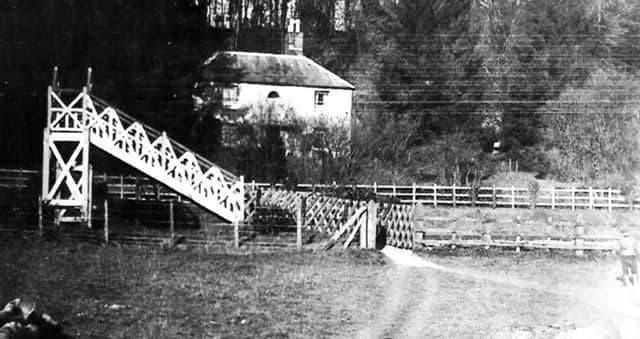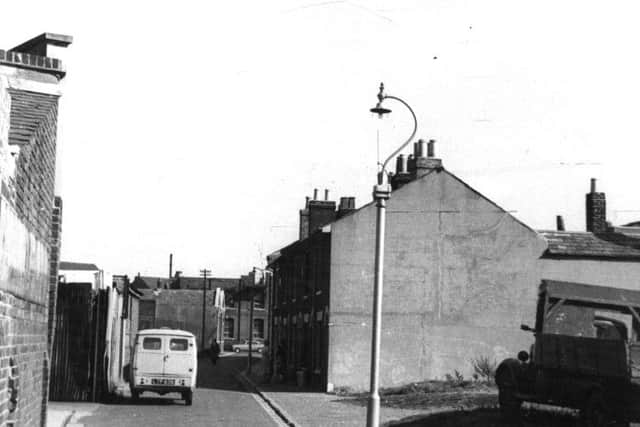NOSTALGIA: Tiny country station near Rowlands Castle


It comprised just basic platforms used, apparently, for naval personnel attending Ditcham Park House to convalesce after an illness or injury.
This tiny country ‘station’ was only used between October 4, 1943, and October 1, 1945. That house is now Ditcham Park School.
Advertisement
Hide AdAdvertisement
Hide AdI’ve spoken to old train drivers who tell me some trains stopped to drop off water churns to supply the house seen on the far side of the track. The white lines in the top corner are multiple telegraph wires for sending messages between signal boxes of which there were once many.


n Is there anyone who lived at All Saints Road, Landport, Portsmouth, who can tell me anything about this photograph taken in the 1960s. Everything has changed since the photo was taken with mass demolition taking place in the 1960s and ’70s. The lamp post on the right looks modern for the times and I suspect it replaced an older design which in turn had replaced gas lighting.
n I have included the word ‘new’ in the caption to the photograph, opposite, because the original Chichester Cathedral spire fell in on itself in 1861. The 14th century spire had been repaired in the 17th century by Christopher Wren, the designer of St Paul’s Cathedral, London. The cathedral had always suffered from subsidence and in November 1860 large cracks appeared in the tower and steeple.
Seventy men tried to save it but to no avail and on Thursday, February 21, 1861, the spire collapsed.
Advertisement
Hide AdAdvertisement
Hide AdAfter the mass of rubble was cleared some of the carved stone was labelled so it might be used again or preserved.


It was six years before the present day spire, which can be seen from everywhere in the surrounding countryside, even the western end of Portsdown Hill on a fine day, was completed.
On June 28, 1866 the old weathercock was fixed to the top of the spire where it can be seen to this day.
n Dave Morgan sent me the photo from the 1957 film Carry On Admiral – not part of the Carry On series. It shows a car passing through the Unicorn Gate entrance to Portsmouth Dockyard. On the far right are the gates of the dockyard branch railway that entered the ’yard here. Unicorn Gate now stands on an island and is treated as a roundabout. The official gate has been moved 200 yards farther down Unicorn Road seen behind the car.